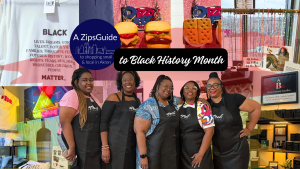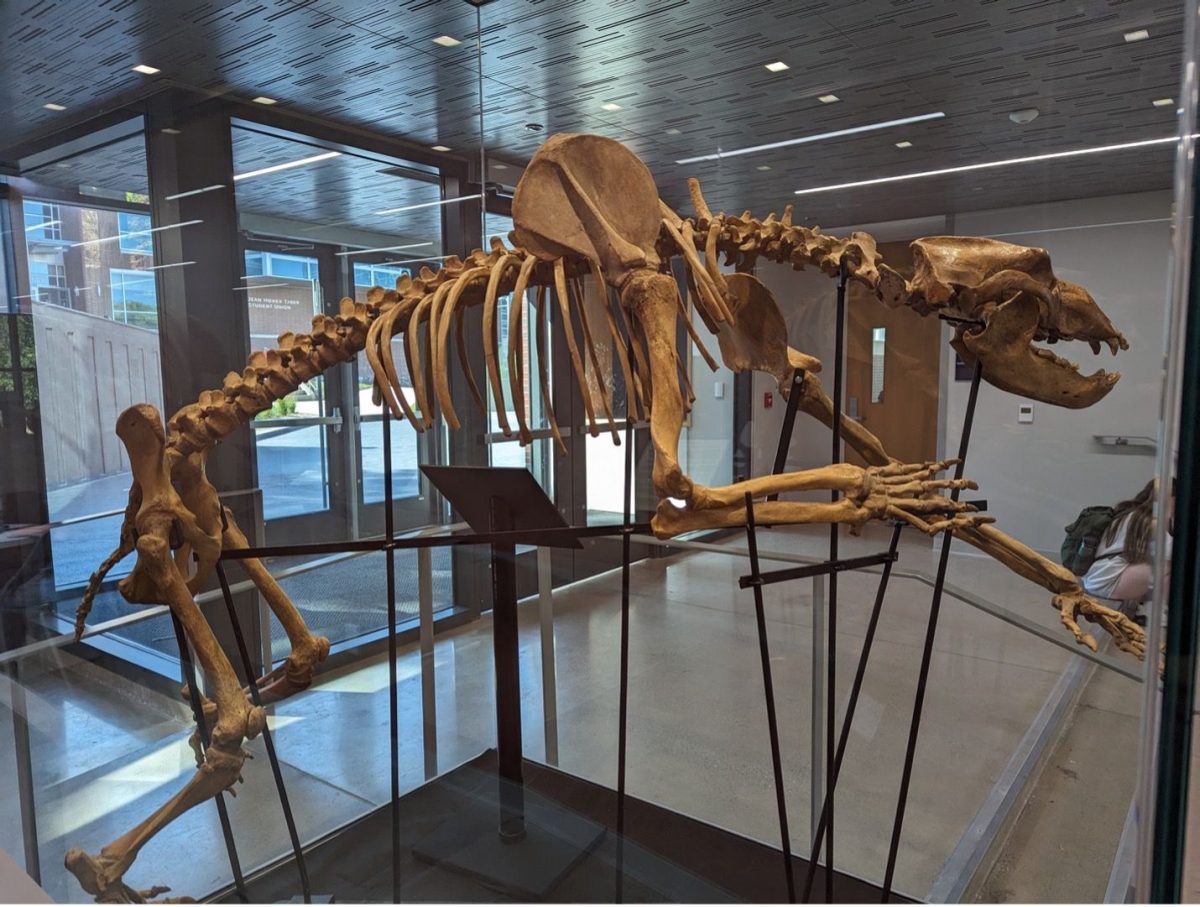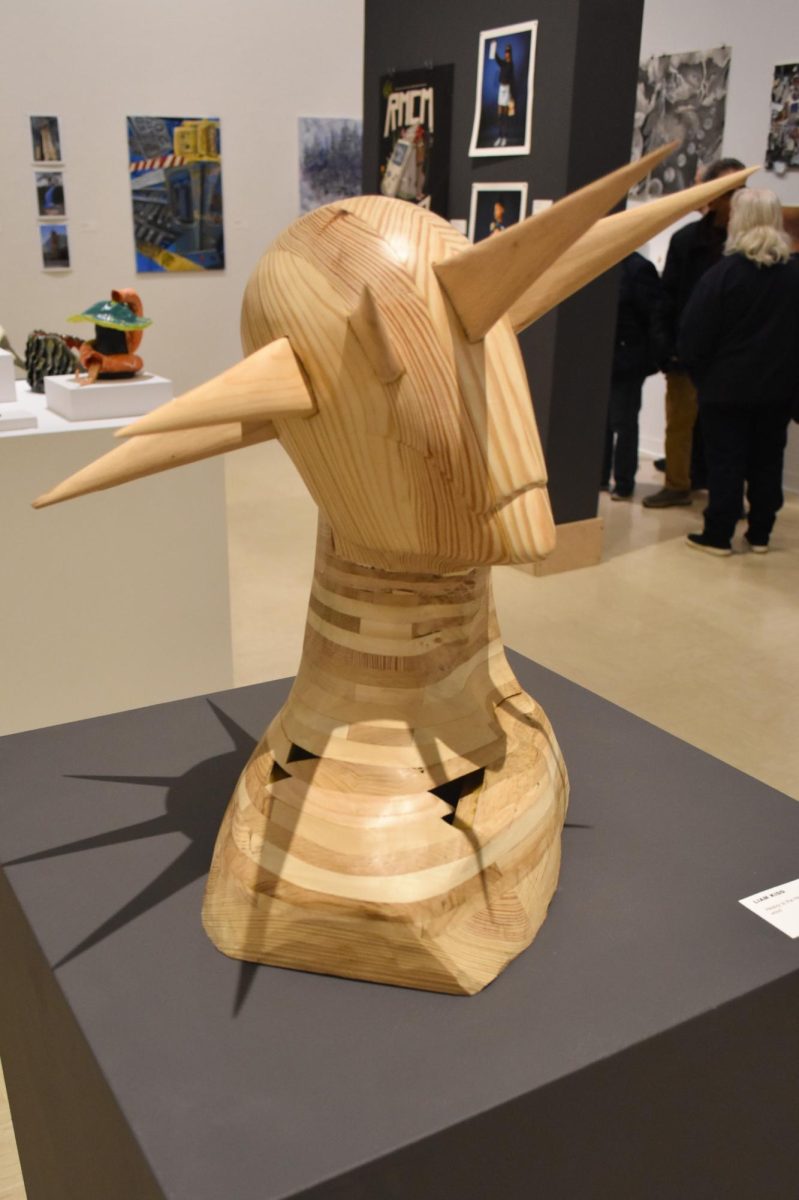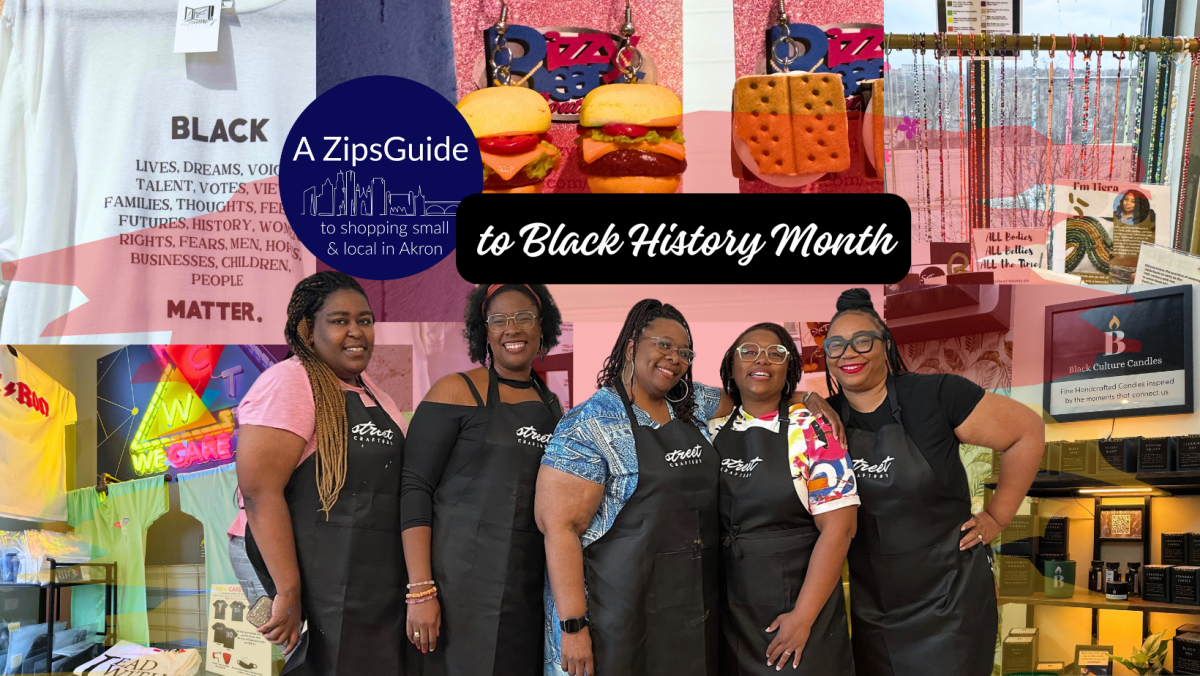Cover to Cover: A brutally honest journey on ‘The Underground Railroad’
November 30, 2016
16-year-old Cora doesn’t have a birthday. Or a last name. Or a real family.
All she has is a life of picking cotton every day until she dies.
Cora, the heroine in Colson Whitehead’s new, 2016 National Book Award-winning novel “The Underground Railroad,” lives under the hellish shadow of slavery in 19th-century America, and under a legacy she strongly resents: her mother was the only slave to successfully escape from the Randall plantation. For this reason, Cora is singled out for abuse by her masters, and is forced to live in separate quarters built for slaves suffering from madness.
But the same resilient blood that helped her mother to escape flows in her, too. Caesar, a slave new to the plantation, takes notice of the ways that Cora endures punishment, stands up for children and weaker slaves, and defends her late grandmother’s tiny garden plot from bullies.
He believes she would be the perfect good luck charm in his plot to take flight to freedom. She isn’t so sure.
When a change of authority over the plantation triggers an increase in brutality, Caesar and Cora realize that staying on the plantation promises them an early death. They know equally well that the punishment for running away, if caught, is death by a form of torture limited only by their master’s imagination.
So, they decide, they may as well live free or die trying.
Thus they begin their harrowing journey aboard the Underground Railroad, narrated in such gripping and provocative fashion that I could hardly put the book aside. In Colson Whitehead’s reimagining of history, the railroad is literally real, with miles of tracks tunneling deep under American soil. No one knows who built them, nor how long they have been there, but trains of all shapes and size steam along them, ferrying escaped slaves from “station” to “station.” This dreamlike twist on reality was so fascinating to me that I found myself wishing such a railroad had truly existed.
Cora and Caesar’s goal is to find freedom and safety, and they’ve heard they exist in the North. However, as the book so poignantly illustrates, the Mason-Dixon line was blurrier than we may have assumed.
As Cora and Caesar move upwards and away from their original captivity, the mythos of the free North slowly loses its luster as they run into as much danger, hate, and deceit as they knew in the South. Both halves of the divided country were still united in the pervasive assumption that the color of one’s skin determined the value of one’s life.
The structural racism of the past as described in this book was so blatant that I was shocked. Although it was often thinly disguised by religious intent or economic concern, there was no way to fully conceal its horror. Caesar and Cora know its effects only too well, because it defines their very existence:
“Cora had heard Michael recite the Declaration of Independence back on the Randall plantation many times. She didn’t understand the words, most of them at any rate, but created equal was not lost on her. The white men who wrote it didn’t understand it either, if all men did not truly mean all men. Not if they snatched away what belonged to other people, whether it was something you could hold in your hand, like dirt, or something you could not, like freedom.”
Because of this belief still pulsing through the nation, their ride along the railroad is far from smooth. For every safe haven they reach, there is a trap waiting to catch them. For every white abolitionist desiring to help, there are a hundred white citizens ready to beat, shoot, or hang them.
And for every mile they run, the slave catcher closes in on their trail.
Though the book takes liberties with some historical elements, it is brutally honest about the rest. It does not shy away from lifting the curtain on one of the ugliest periods of division, bigotry, and violence our nation has ever known.
The book does not end on the happiest of notes, but it does leave with a sound of hope. Landers, a free man who counsels runaways on how they can start their lives anew, encourages them to walk in confidence and unity, two words that our country today would do well to hear:
“We are craftsmen and midwives and preachers and peddlers. Black hands built the White House, the seat of our nation’s government. The word we. We are not one people but many different people. How can one person speak for this great beautiful race — which is not one race but many, with a million desires and hopes and wishes for ourselves and our children? All I know is that we rise and fall as one, one colored family living next door to one white family. We may not know the way through the forest, but we can pick each other up when we fall, and we will arrive together.”











